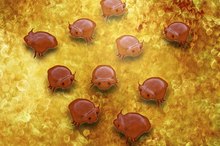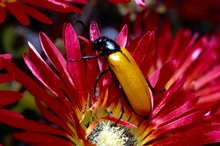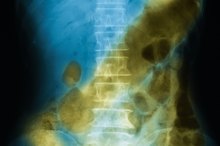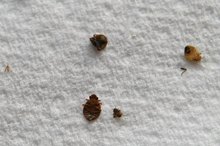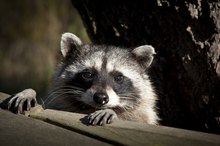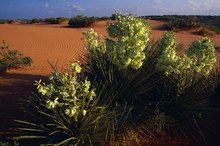What Are Water Bugs?
Water bugs are a species of cockroach that is usually found outdoors in cool, damp areas. These insects are of the species Blatta orientalis, commonly called oriental cockroaches or black beetles. Although they do not colonize inside homes, they will periodically enter dwellings in search of food. Identification of these pests can be made without much trouble as they are easily distinguishable from other species of cockroach.
Identification
Adult water bugs have sleek, shiny bodies that are almost black in color. They are between 1 and 2 inches long. Females have stout bodies with undeveloped wing pads on the thorax. Males have rudimentary wings that extend down the abdomen, leaving the last four to five abdominal segments exposed. Males are lighter in color than females. Immature water bugs look similar to adults but are smaller, lighter in color and do not have wing structures. Egg cases are rich brown in color, smooth and glossy.
- Adult water bugs have sleek, shiny bodies that are almost black in color.
- Females have stout bodies with undeveloped wing pads on the thorax.
Habitat
Common Human Parasites
Learn More
Water bugs are not invasive to homes. They thrive on organic and decaying matter, specially under leaves, mulch, and other shrubbery. Colonies are also found in dark, moist areas 2. They can inhabit basements, stone masonry, dumps, sewage systems, water pipes and crawl spaces. If water is scarce, the insects may travel indoors through ventilation systems, air ducts or under doors. They are poor climbers, and once inside, are not commonly found on walls, in high cupboards, or on upper floors. Water bugs tend to get trapped in bathroom fixtures after crawling through drains because they are unable to climb out.
- Water bugs are not invasive to homes.
- If water is scarce, the insects may travel indoors through ventilation systems, air ducts or under doors.
Life Cycle
Water bugs generally lay fewer eggs than other cockroach species. A female will produce between one and eight egg cases per season. These dark brown cases are less than half an inch long and deposited on food sources. It takes 60 days for the cases to hatch, producing the first instars (young insects). The immature bugs will molt seven to 10 times before reaching adulthood. Adulthood is characterized by the development of wings in males and wing pads in females. Unlike most other cockroach species, the developmental cycle of water bugs is seasonal. Eggs usually hatch from spring until the middle of summer, and adult populations peak in late spring. The populations begin to decline during the summer months.
- Water bugs generally lay fewer eggs than other cockroach species.
- The immature bugs will molt seven to 10 times before reaching adulthood.
Risks
Where Did Pinworms Originate?
Learn More
Because water bugs are common inhabitants of sewers, it is possible for them to transmit disease agents to food. The most commonly transmitted illnesses are gastroenteritis and reactions to allergens carried by the bugs.
Control
Water bugs can be controlled by screening entrances to homes and ensuring that all plumbing is adequately sealed. Keeping yard debris to a minimum will reduce outdoor populations. The best chemical control for water bugs is baited traps, which feature an attractant in food sources laced with the chemical hydramethylnon. Insects carry the slow-release chemical back to nests and share it with the colony.
- Water bugs can be controlled by screening entrances to homes and ensuring that all plumbing is adequately sealed.
- The best chemical control for water bugs is baited traps, which feature an attractant in food sources laced with the chemical hydramethylnon.
Related Articles
References
Writer Bio
Heather Monroe has been writing for Demand Studios since March, 2009. Heather enjoys blogging about California's beautiful Inland Empire and its rich history. She has also published her own line of greeting cards and tee-shirts. Although she got a bit of a late start, Heather is pursuing a degree in Journalism.
